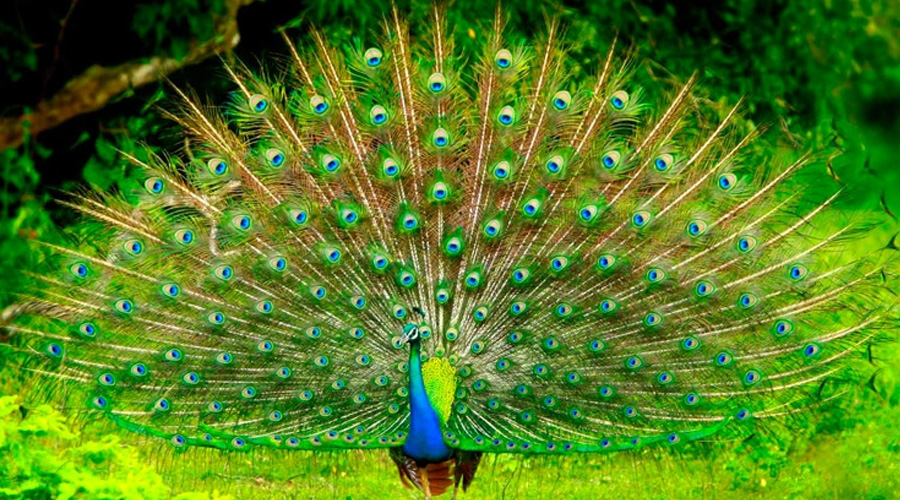Situated in the southeast of the island, Yala is credited as having the island’s widest spectrum of wildlife. The park boasts the highest density of leopards per square kilometre in the world, and a safari into Yala is likely to reward not only with sightings of these elusive spotted creatures, but also of sloth bears, elephants, buffalo, various species of deer, monkeys, wild boar, jackal and crocodiles as well. Yala is rich in bird life too; tiny iridescent green bee eaters, flamboyant peacocks and cormorants are a common sight and glimpses of dry zone endemics such as the crimson-fronted barbet, the black-capped bubul and the Sri Lanka grey hornbill are particular birding highlights. Yala is also one of the best places on the island to sight the rare black-necked stork.
Yala National Park covers an area of 979 square kilometres and has a semi-arid climate. It comprises a variety of different eco-systems including moist monsoon forests, scrubland, freshwater lakes and marine wetlands. Visually, the park is dotted with gigantic granite boulders where sunbathing leopards are often spotted during the early and late hours of the day. As such, safaris are best conducted in the cooler hours of dawn and late afternoon as the chances of sighting wildlife are greatly increased. The best way to experience the exclusivity of Yala’s wilderness in full is to camp in comfort inside the park.
Aside from its exciting wildlife, Yala is also home to the serene Sithulpawa Temple. Immersed by thick jungle, a journey to the rock top stupa of this striking 2,000-year-old Buddhist sanctuary rewards with awesome panoramic vistas of the surrounding national park.

